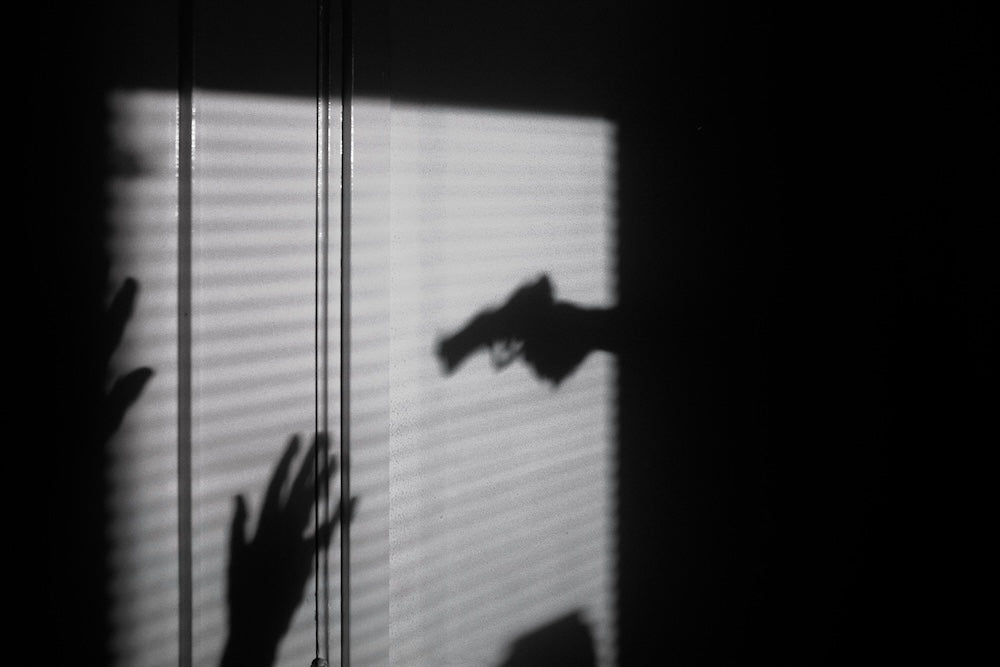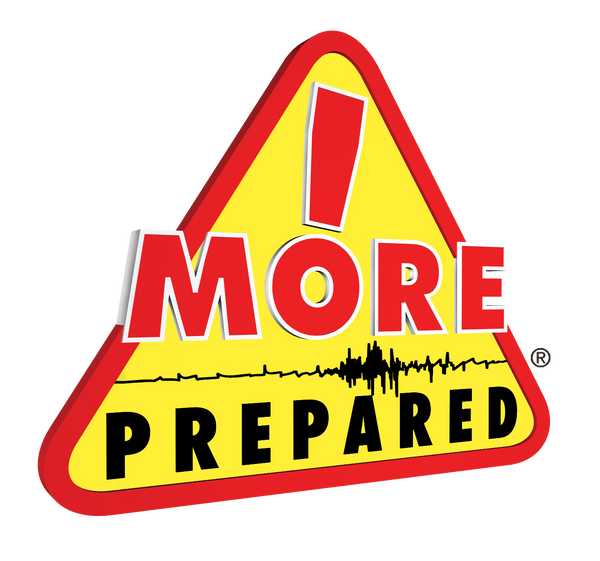
Preparing for Mass Casualty
Mass casualty incidents like terrorism, active shooters, auto accidents, nuclear-radiological hazards, as well as earthquakes, hurricanes, tsunamis and fires are increasing worldwide. Mass casualty incidents (MCI) are events where the number of injured patients exceeds available resources so care may not be available or may be limited to a portion of the casualties. These incidents are a constant reminder of why first responders like emergency medical services, fire departments, police, and Community Emergency Response Teams (CERT) need mass casualty preparedness to be able to function during and after a catastrophe.
Before a Mass Casualty Incident
Identify a location that can be secured and favorable to the flow of pedestrian and ambulance traffic.
Identify essential resources needed for deployment.
Identify key personnel to respond to an MCI.
Ensure you have adequate mass casualty supplies and identify a storage location.
Identify key departments that need to be part of the immediate response.
Create a process to ensure equipment and personnel were deployed to a common location.
During a Mass Casualty Incident
After the scene is determined to be safe, providers at a MCI must analyze the number and severity of patients. Triage identifies the most severely injured patients with the greatest chance of surviving. This means that when you're dealing with multiple patients and limited resources, there may be a patient who appears to be the most severely injured, but their chance of survival is lower compared to the others.
Patients with severe injuries that are less life-threatening should be cared for and transported first. There are different models that can be used to triage MCIs, such as START (Simple Triage and Rapid Treatment) and SALT (Sort, Assess, Lifesaving Interventions, Treatment/Transport).
The primary goal of triage is to quickly sort patients into transport categories and identify each of them with triage tags, colored tape or other means.
Red is commonly used in mass casualty management to identify patients who must be transported immediately. Yellow is typically used to identify patients who are urgent, but could be transported in a second group. Green tags indicate non-life-threatening injuries, and black or grey tags identify patients who are deceased.
Triage can be difficult because minimal treatment is provided throughout the process. For example, when a patient is discovered to be breathing shallow and slow, the provider should make an attempt to open and clear the airway. If the patient doesn't begin to breathe adequately on their own, they're labeled as expectant and the provider should move on to the next patient. This is counterintuitive to what EMS providers have learned and may want to do, but during an MCI, the greatest good needs to be offered to the greatest amount of people.
With more resources on the way, it must be determined where the arriving vehicles should stage. Freelancing without direction on an MCI scene will only create confusion. As an arriving EMS crew, you should go where you're directed, not where it looks like you should go. The crew on scene, which is often referred to as "command," has a better idea of what's happened and what needs to be done.
Establishing where the injured patients will be moved to await transport is also necessary during mass casualty management. On smaller scenes with multiple patients, arriving ambulance crews can be directed to a specific vehicle to find their patient. With larger events, a treatment area and loading area should be determined. Within this area, patients who've been triaged can be moved to await transport.
How to Be More Prepared
Triage and trauma supplies need to be kept on hand in the event of an emergency. Browse mass casualty incident triage kits that can help with mass casualty preparedness for your school, hospital, or place of business.
